The South American city of Cartagena, Colombia, is known for its colorful culture and vibrant atmosphere. But hidden within its walls lies a history and mystery that have remained largely unexplored. In this blog post, we’ll take a closer look at the walled city of Cartagena and uncover the secrets it holds. From ancient artifacts to tales of piracy, we’ll explore the past and present of this unique location to uncover the truth behind its mysterious walls.
*Disclaimer: This post may contain affiliate links. If you make a purchase through one of these links, I will earn a small commission. This occurs at no added cost to you.*
Where is Cartagena, Columbia?
The walled city of Cartagena is located in the northern region of Colombia and on the southern shores of the Caribbean Sea. Historically, due to its strategic position between the Magdalena and Sinú Rivers, Cartagena’s port served as an access point to allow for the transportation of Bolivian silver to Spain. Furthermore, it provided a link to the West Indies as it became a part of the tremendous Caribbean maritime routes which transported goods throughout the Caribbean and further beyond back to Europe.
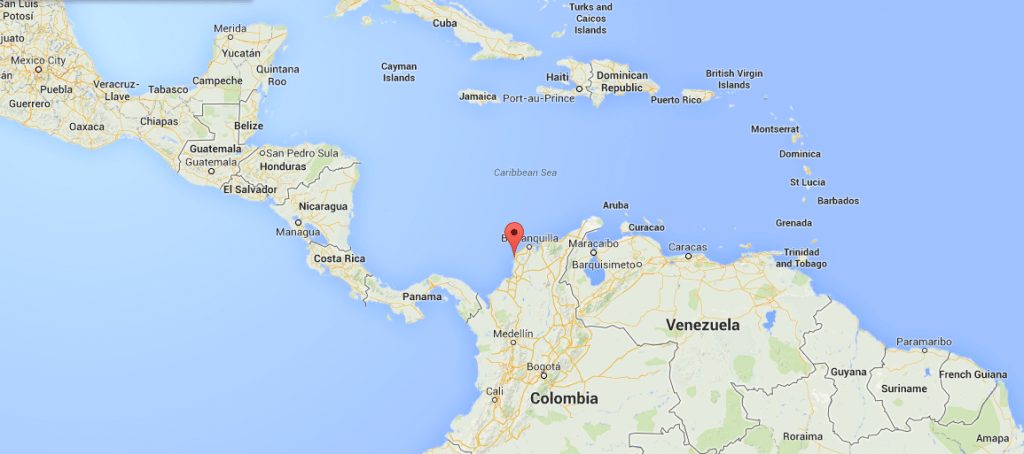
The History of Cartagena’s Walled City
Cartagena, known as the “Queen of the Andes,” is one of the most well-preserved cities in the Americas. The Spanish founded the city in 1533, but there are some interesting theories about its origins. Some believe that the Mayans built the walled city as a ceremonial center, while others believe that the Carthaginians created the town.
For many visitors to Cartagena, one of the first things they notice is the impressive walls that encircle the city. The approximately 8-mile-long perimeter was most likely built in the 16th century as a defense against invasions from inland Colombia and Panama.
To protect its citizens and safeguard its economic interests, Cartagena began constructing its walls in 1579. The work continued for over two decades; by 1600, much of the city had been encircled by the wall. By the 16th century, Cartagena had become one of the most important ports on the Caribbean coast.
However, by the end of the 16th century, Cartagena’s fortunes had begun to decline. This was partly due to competition from new ports such as Santo Domingo but also because of attacks from pirates and other hostile forces.
Related: For another location with ties to pirates, you might be interested in learning about the Green Grotto Caves in Jamaica.
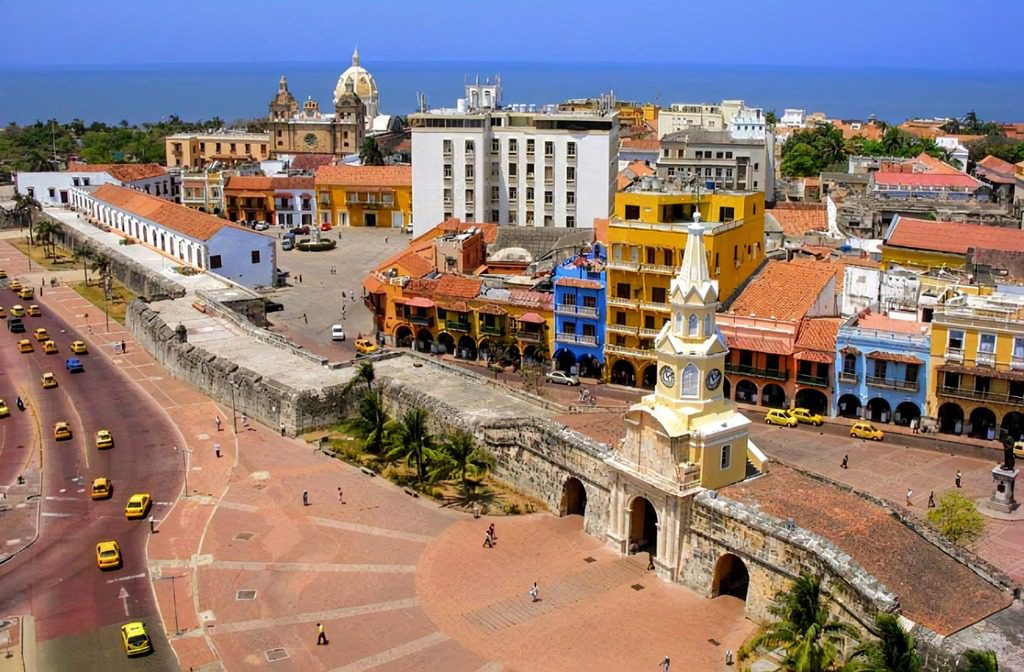
The walls of Cartagena are a fascinating remnant of the city’s former glory and serve as both a form of defense and an essential part of Cartagena’s modern-day landscape. They also provide an important part of Cartagena’s cultural landscape while giving tourists a sense of security. Visitors can explore them at several points throughout the city and get a fascinating glimpse into Cartagena’s history and surrounding mystery.
While visitors to Cartagena can experience the walls at various points throughout the city, it is especially worth exploring them from inside the ancient enclave known as La Bocacalle. Here, visitors will find narrow streets and courtyards that were once used to protect against attacks by landward neighbors. Today, La Bocacalle is a vibrant commercial district with dozens of restaurants, cafes, and souvenir shops.
Exploring the Architecture and Culture of Cartagena’s Walled City
Cartagena’s walled city is a mix of indigenous and European architecture and has been a UNESCO World Heritage Site since 1984. The architecture is fascinating and mysterious and home to various cultural influences. Although initially built as a defensive fortification against pirates, it has been used for other purposes, including as a religious center and a prison.
At one point, Cartagena had the privilege of being South America’s only market for slave trading. To fund the purchase of newly enslaved people, Spanish grave robbers dug up the graves of local residents to steal artifacts and valuables for the sole purpose of commerce. It is believed that parts of the town were established by selling these artifacts.
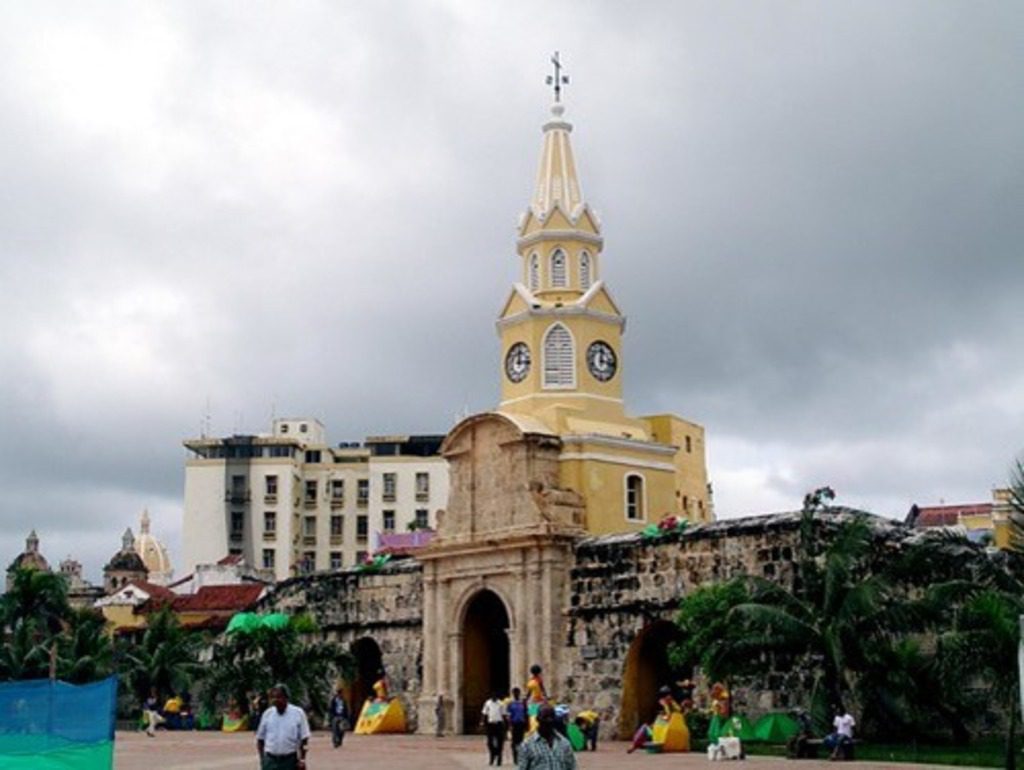
This fascinating city is home to many churches, including the Basilica of Our Lady of the Pillar, built in 1565, and the Cathedral of Our Lady of the Assumption. The city is also home to several museums, including the Museum of Cartagena, the Museum of Archaeology, and Museo del Oro, dedicated to Colombian gold. Today, visitors can explore the labyrinthine streets and colonial buildings that make up this fascinating urban center.
Popular Attractions in Cartagena’s Walled City
Plaza de los Coches
Plaza de los Coches is the triangular plaza just behind Puerta del Reloj, which was once used as a market for enslaved people. It is lined with old balconied houses with colonial arches at ground level. Once through the arches, you will find several local vendors selling handicrafts, jewelry, and souvenirs. The statue of the city’s founder, Pedro de Heredia, is in the middle of the plaza. Often street performers can be found here.
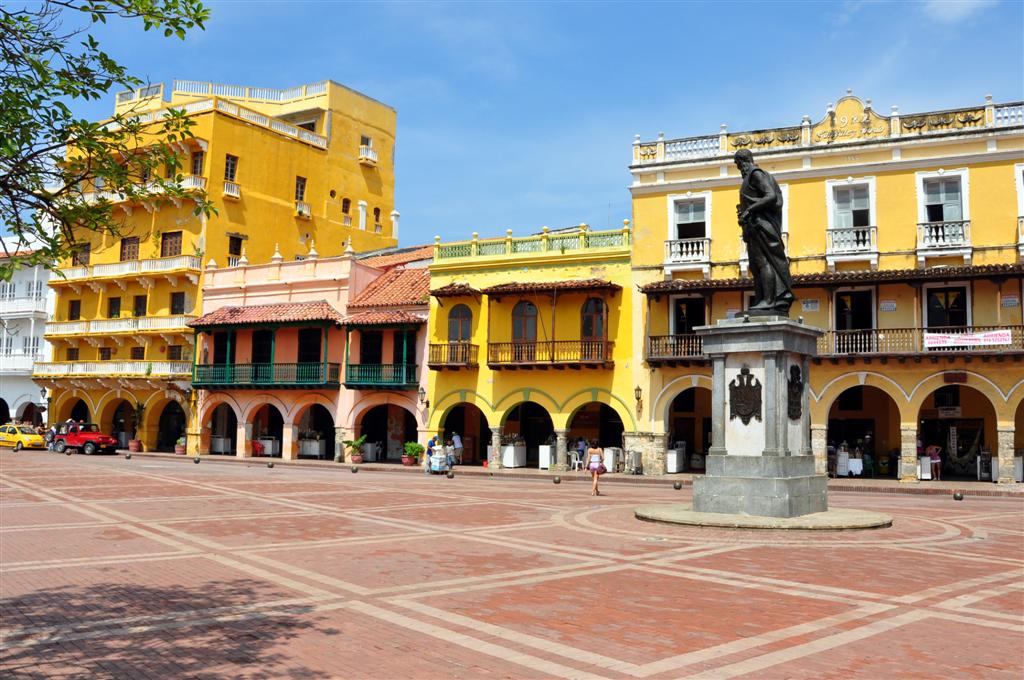
Puerta del Reloj
Puerta del Reloj, or “Clock Tower,” was once the main entrance into the walled part of Cartagena. This structure linked the community of Getsemaní just outside the wall and the inner town through a draw bridge. The side arches of the gate, now open as walkways, were previously used as a chapel and armory. The tower, complete with a four-sided clock, was added in 1888.
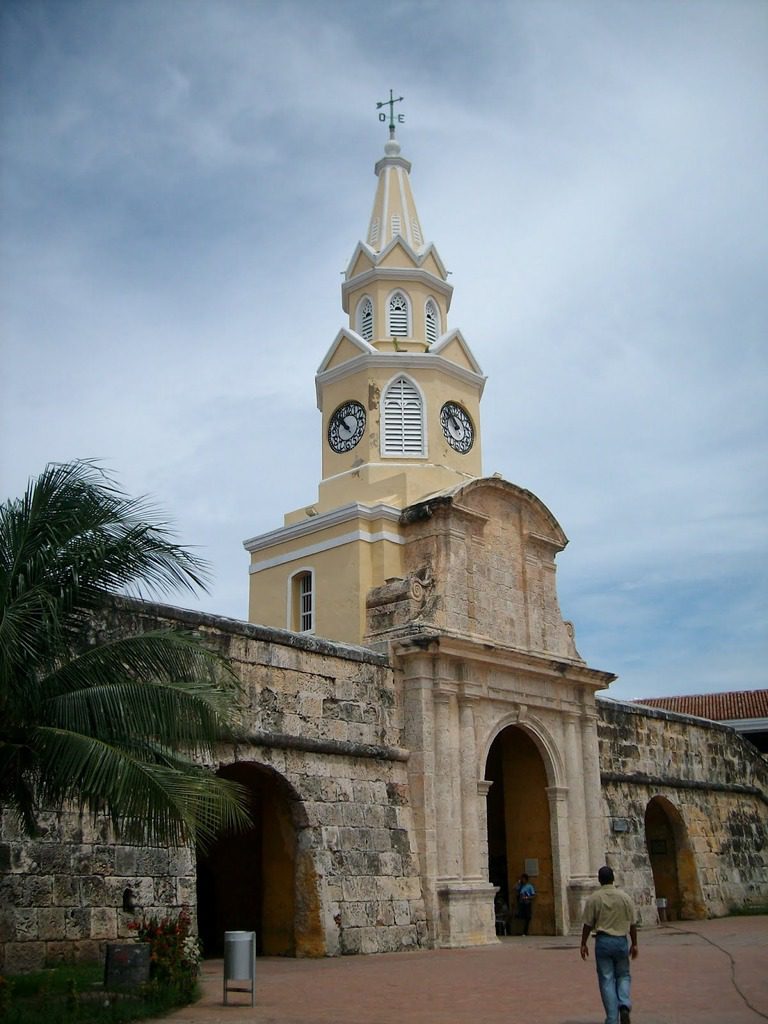
Plaza Bolivar
Plaza Bolivar is located in front of the Palacio de la Inquisicion (Palace of the Inquisition) and offers a reprieve from the hot, humid conditions always present in Cartagena. This plaza is typically not busy and provides park benches under a canopy of mixed-shade trees. In the center of the square lies an equestrian statue of Simon Bolivar, who helped Columbia attain independence from the Spanish Empire.
Sanctuary of St. Peter Claver
Located not far from the western edge of the wall, the Sanctuary of St. Peter Claver showcases the stunning architecture of the building, as well as its historical significance. Saint Peter Claver is remembered for baptizing more than 300,000 people, many of them enslaved people. Visitors can even view the remains of Saint Peter Claver through a glass coffin enshrined in the church’s main altar.
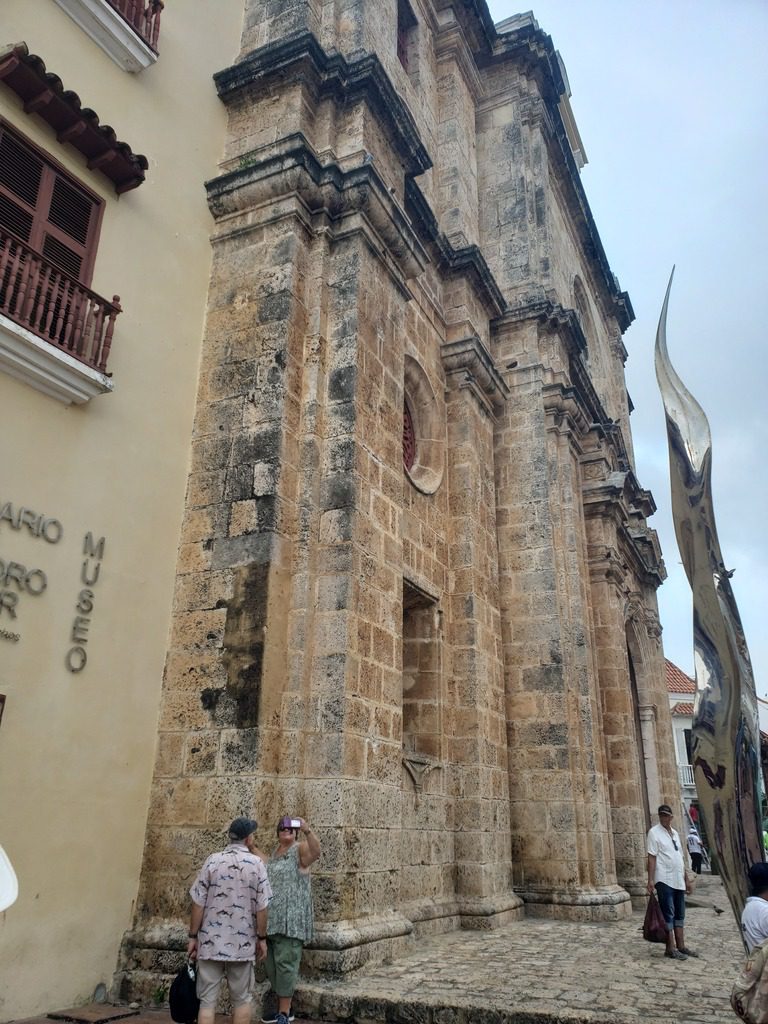
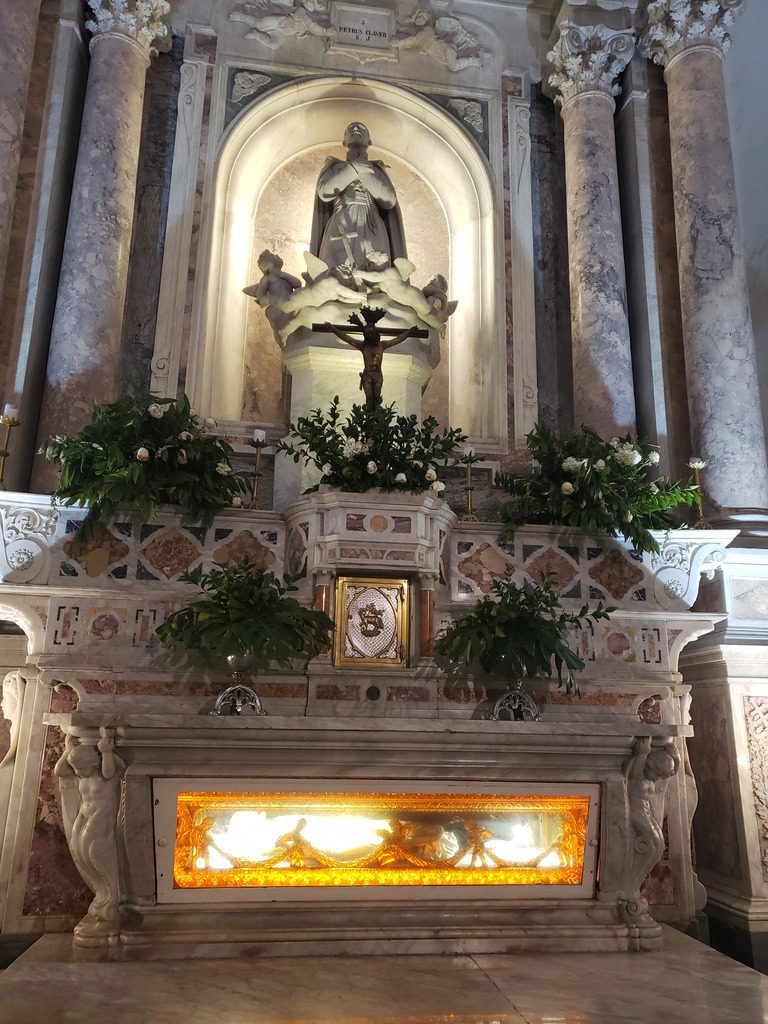
Palace of the Inquision / Museo de Historico de Cartagena
The Palace of the Inquision is located near the plaza Bolivar and is an example of some of the city’s most beautiful Spanish Colonial architecture. Built-in 1770, it features a grandiose entrance leading to a lush courtyard with leafy green trees and contrasting yellow plaster walls. But in the 18th century, this mansion became a torture palace of the Spanish Inquisition.
The Inquisition’s principal purpose was to defend and protect deemed threats to the Catholic Church, including blasphemy, witchcraft, and heresy. Today the palace is open as a museum, wherein many of the gruesome tools used to extract confessions are on display.
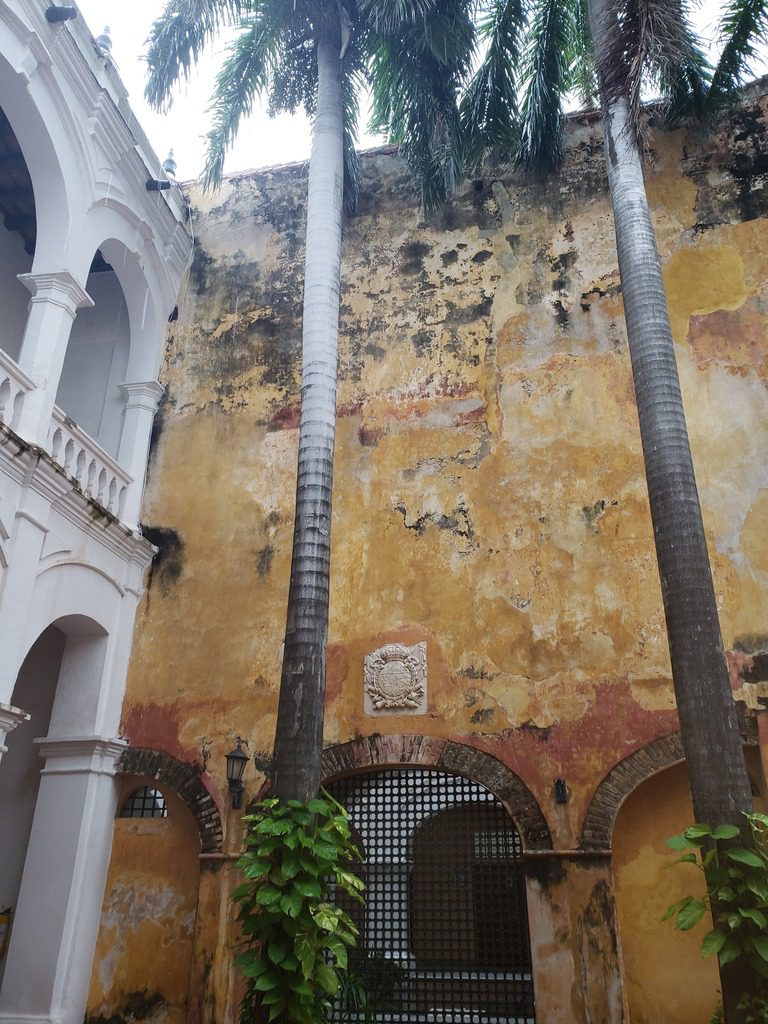
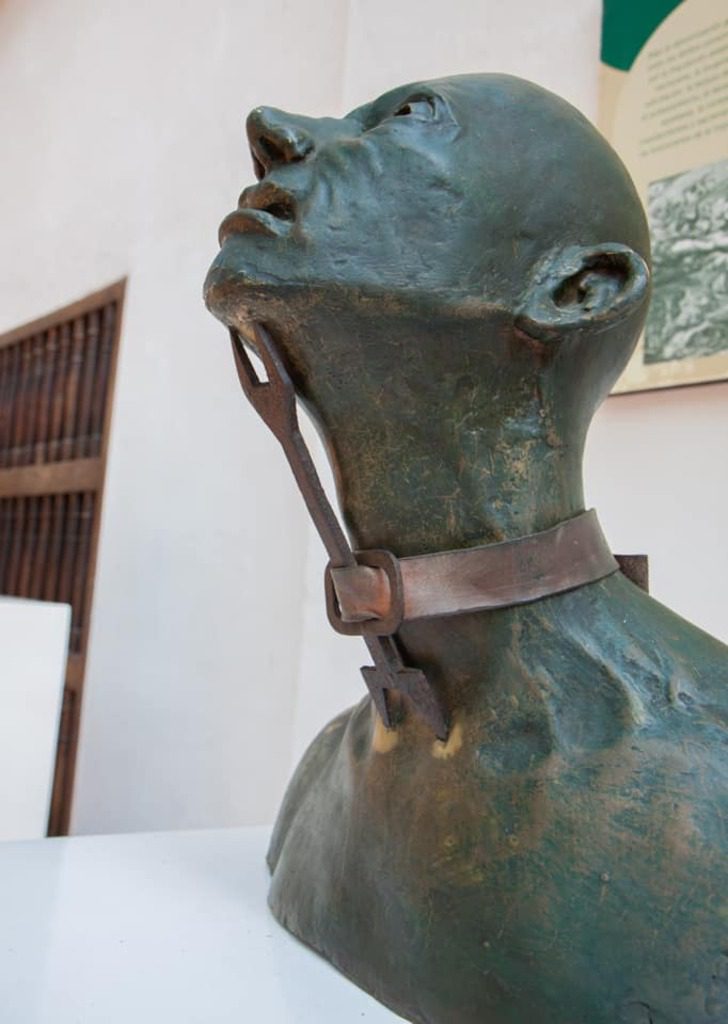
Shopping and Dining in Cartagena’s Walled City
As one of Colombia’s most popular tourist destinations, Cartagena’s walled city offers visitors an opportunity to explore its charming maze of cobblestone streets and tidy colonial homes. While the city’s commercial center bustles with tourists on foot and by bus, enjoy some relaxation in the surrounding gardens or take a stroll through the winding alleys of the old town.
Some of the most popular places to shop in Cartagena’s walled city include the Plaza de San Francisco and the Plaza de la Constitución, where several stalls sell traditional Colombian crafts.
For a truly unique culinary experience, head to one of Cartagena’s many street markets, where you can purchase fresh produce, seafood, and regional delicacies. Sample local cuisine, indulge in wine tastings or sumptuous tapas dinners at one of its many restaurants.
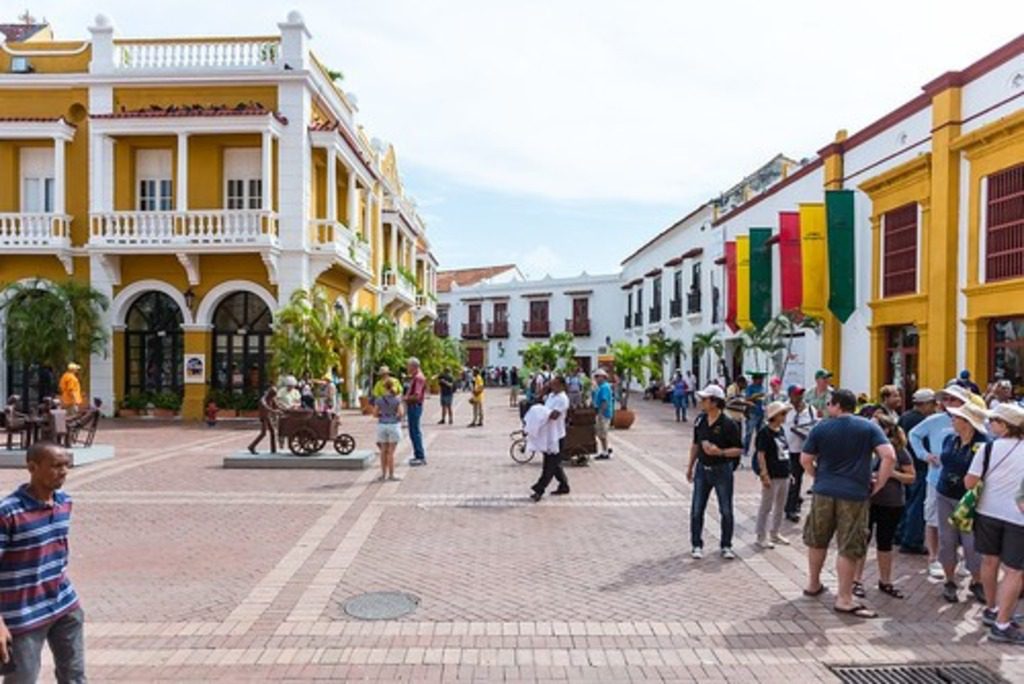
Some of the best options include Mar Y Zielo Gastro Bar for delicious wines from around the world, excellent cuisine, and a beautiful ambiance of local character. Restaurant Café San Pedro is located in the heart of the gorgeous plaza in the city. You can sit and enjoy your meal here in the middle of all the action without worrying about being hassled by street vendors as you would be elsewhere.
In addition to shopping and dining options within the walls, travelers should also explore Cartagena’s vibrant seafood market district.
Events and Festivals in Cartagena’s Walled City
Whether your stay in Cartagena is short or long, you can have a different adventure when exploring the fascinating events within the walls of this city. From food festivals to shopping events, there is always something new to experience in this UNESCO World Heritage Site. Here are just some of the festivals and events that take place annually:
- The Feast of Corpus Christi is a Catholic holiday that celebrates the presence of the body and blood of Jesus Christ through Holy Communion (Eucharist). It is held on the second Thursday after Whit Sunday, and in 2023, it falls on June 8. This famous festival involves processions from all over Colombia marching through the streets of Cartagena with live music and elaborate costumes.
- El Festival Internacional de Cine de Cartagena (Cartagena Film Festival) This festival attracts top international filmmakers to showcase their latest films in neighborhood venues throughout the walled city. The 2023 festival runs from March 22 to 27. Please check their website for all information about films and locations.
- Semana Santa (Holy Week), starting on Palm Sunday and culminating with Easter Sunday, features lively processions through the narrow streets of Cartagena’s Old Town, followed by religious ceremonies at iconic churches like La Merced.
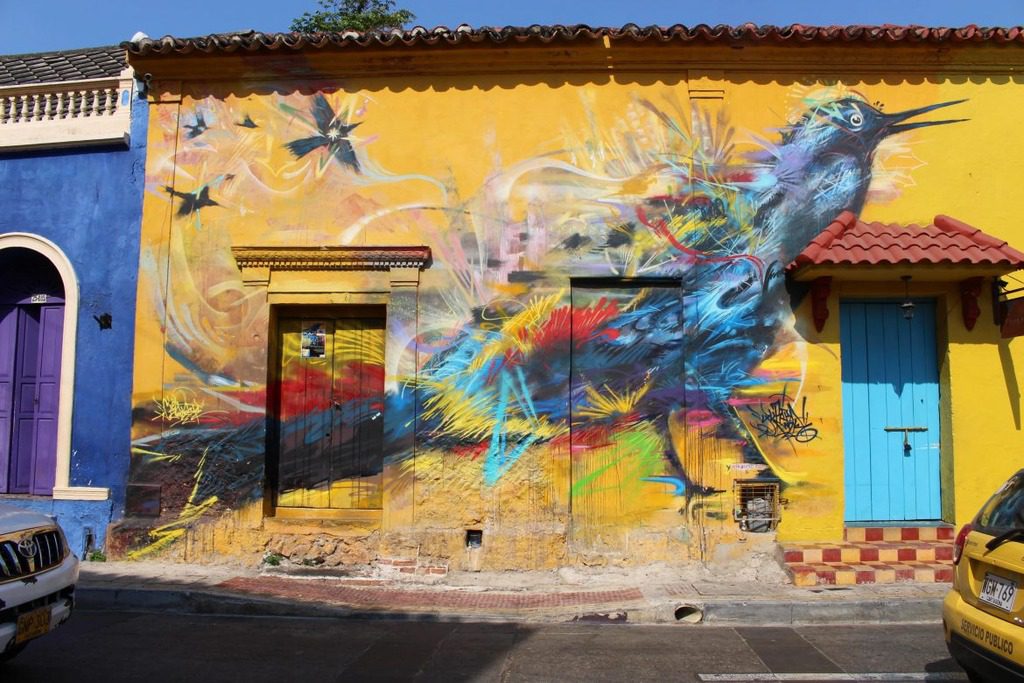
Aerosol Street Art Festival in Getsemani – The February festival brings international artists to do pieces on the neighborhood’s walls. Although not inside the walled city, this neighborhood is adjacent and worth stepping outside the borders. For an intriguing way to spend a few hours, be sure to take the Graffiti Tour in Getsemani
Local Legends, Superstitions and Mysteries of Cartagena’s Walled City.
The stories and legends of Cartagena’s Walled City are as interesting as the city’s architecture and history. The walled city is said to be one of the most haunted places in Colombia, home to ghosts that roam its narrow streets and ancient churches. One legend tells of a woman fatally stabbed near the city’s gates. Her spirit still haunts the area, seeking vengeance on anyone who enters or leaves the walled city boundaries.
Another popular legend concerns San Diego, an enigmatic saint known for his healing powers. According to local legend, if you step on St. Diego’s toe while ringing a bell placed in his honor, he will Heal your wound instantly! Unfortunately for those wishing to test this claim out, no one has been able to locate St. Diego’s toe since he disappeared centuries ago… or so locals say!

Accommodations in Cartagena’s Walled City
There are a few options available if you’re looking for accommodations within the Walls of Cartagena. You can stay at one of the many hotels located near the walls or alternatively consider staying in a casa particular (private residence) with access to the walls.
If you’re looking to explore more of Cartagena outside of the Walls, there are a few recommended Neighborhoods for visitors:
- La Zona Colonial (the colonial area near the center of town).
- La Boquilla (a popular boating and sunset destination).
- Las Lomas de San Vicente (a residential district with green space and spectacular views of the city).
- El Centro Histórico (the old downtown area where you can find some interesting shops, restaurants, and bars).
Online hotel booking sites like Agoda.com offer a great selection of accommodations in Cartagena.
Tips for Visiting Cartagena’s Walled City
If you’re planning a trip to Cartagena, be sure to include a visit to its walled city – one of Colombia’s most fascinating and historically significant sites. Here are a few tips for making the most of your visit:
1. Start your visit to the Plaza de San Francisco. This square is the heart of the walled city and is filled with beautiful colonial architecture.
2. Walk around the perimeter of the wall. The route is well-maintained and provides excellent views of the colorful buildings inside the city walls.
3. Check out Cartagena’s famous cathedral, La Catedral de San Francisco. This impressive building is a UNESCO World Heritage Site and one of Cartagena’s most popular attractions.
4. Be sure to stop by Cartagena’s market on your way out of the walled city. This lively market is a great place to buy souvenirs and eat delicious local food.
5. Carry an umbrella during the rainy season (November-December). Heavy downpours and severe thunderstorms are expected at this time of the year. It should be noted that flash flooding in the city streets is common.
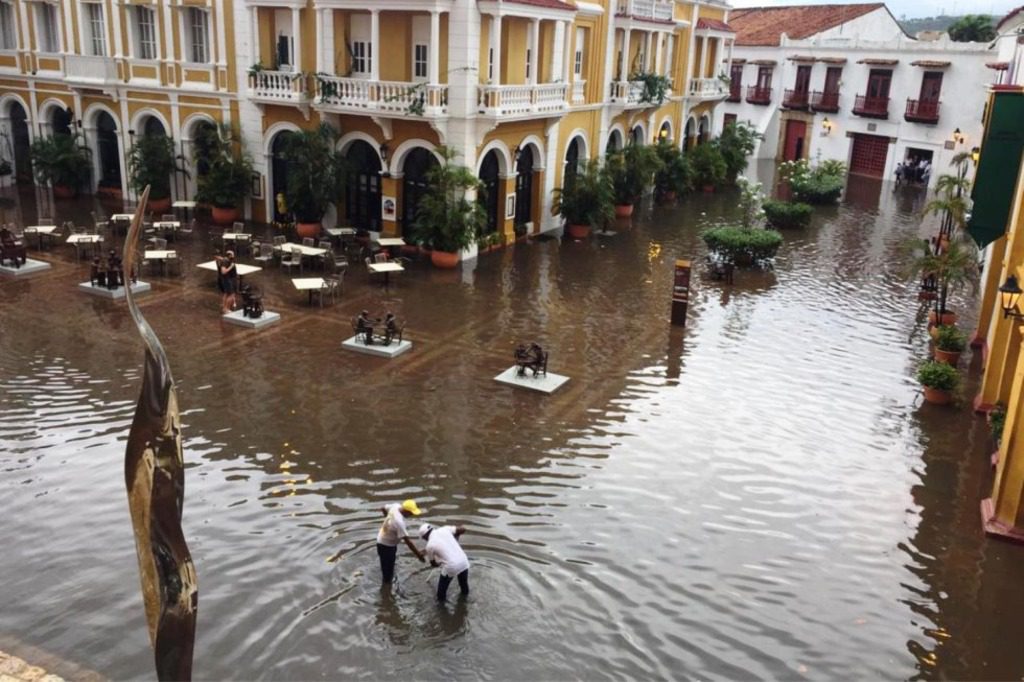
6. Wear good walking shoes. As mentioned, many streets are cobblestone, and exploring the nooks and crannies will be easier with proper footwear. During a storm flat-soled shoes will fare better on flooded streets during storms.
7. Do not be discouraged by the street peddlers trying to sell their wares. They are somewhat aggressive, and street performers do expect a tip if you take their photo.
8. Remember to explore some of the nightlife if you are staying overnight. The Getsemani area is quite popular after dark and has become much safer than it was in the past. There are plenty of restaurants, bars, and cafes to explore.
Is Cartagena Safe to Visit?
Whether or not you should visit Cartagena depends on your risk tolerance. Colombia has high levels of violent crime, including assault and kidnapping of visitors; however, violence in Cartagena is lower than in other Colombian cities. It is more significant than you might expect at home but comparable to most large cities.
There is an increased risk outside Cartagena because guerrilla organizations with a history of inciting civil disturbance control several areas of Columbia.
Pickpocketing, bag snatching, scams, especially online scams, armed robbery, and assault, can all occur within Cartagena’s walls but being informed of these crimes is necessary to avoid being a victim. Do not want to let awareness prevent you from having a great time in this fantastic city.
Tourists are primarily victims of petty crimes such as pickpocketing, which is common in most tourist sites worldwide.
Final Thoughts on Exploring the History and Mystery of Cartagena’s Walled City
Cartagena’s walled city is one of Colombia’s most unique and fascinating places to visit. While this fantastic city’s history, architecture, culture, and mystery draw many visitors annually, its charm and beauty will continue to capture the imaginations of travelers far and wide.
Whether exploring the ancient ruins, soaking up the charming colonial atmosphere, shopping, and dining, ordiscovering local legends and superstitions of a bygone era, your journey through Cartagena’s Walled City is sure to leave a lasting impression.
Are you ready to explore the history and mystery of Cartagena’s walled city?
Or perhaps you might consider a Panama Canal Wildlife Cruise in nearby Panama or a monster bus tour through the jungle in Costa Rica.?
Sunhats and Chardonnay is a space where we share our travel experiences, tips, and insights. Join us on a journey to explore the world through the eyes of a traveler. Get inspired, plan your next adventure, and immerse yourself in the beauty of diverse cultures and destinations.
If you enjoyed this post, please subscribe to the newsletter and have all the updates sent directly to you.
If you’d like to support this blog & help fund the cost of researching & maintaining the site, donations are accepted here. We appreciate all the help & support received from our readers so far!

Thanks for reading this post, I hope you enjoyed it! If you did, why not share it with your friends?

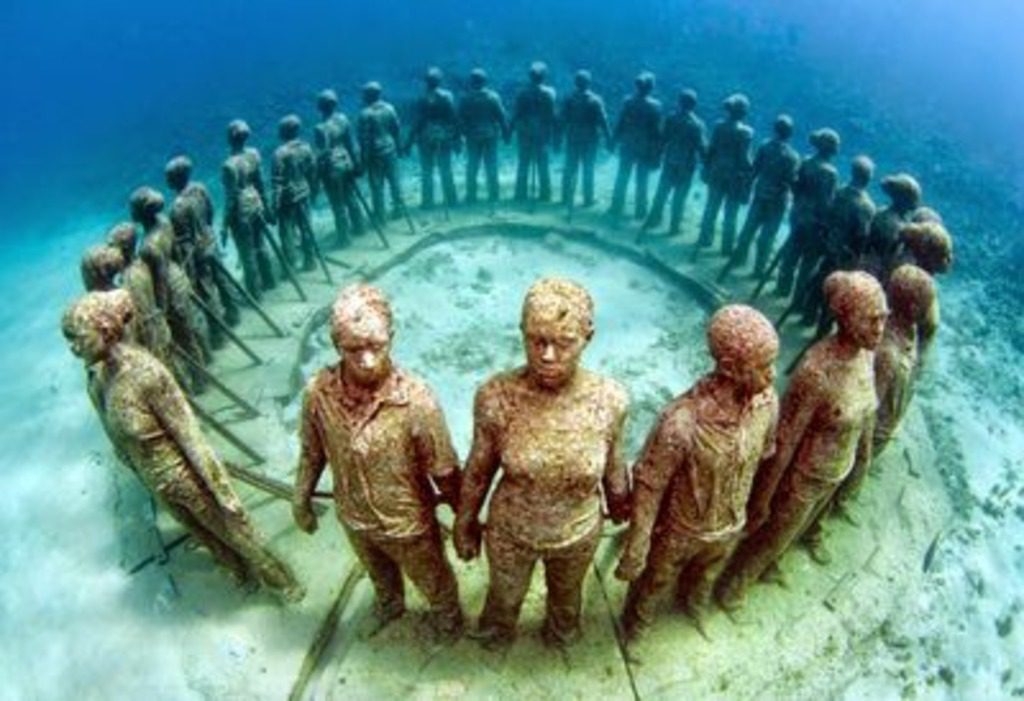

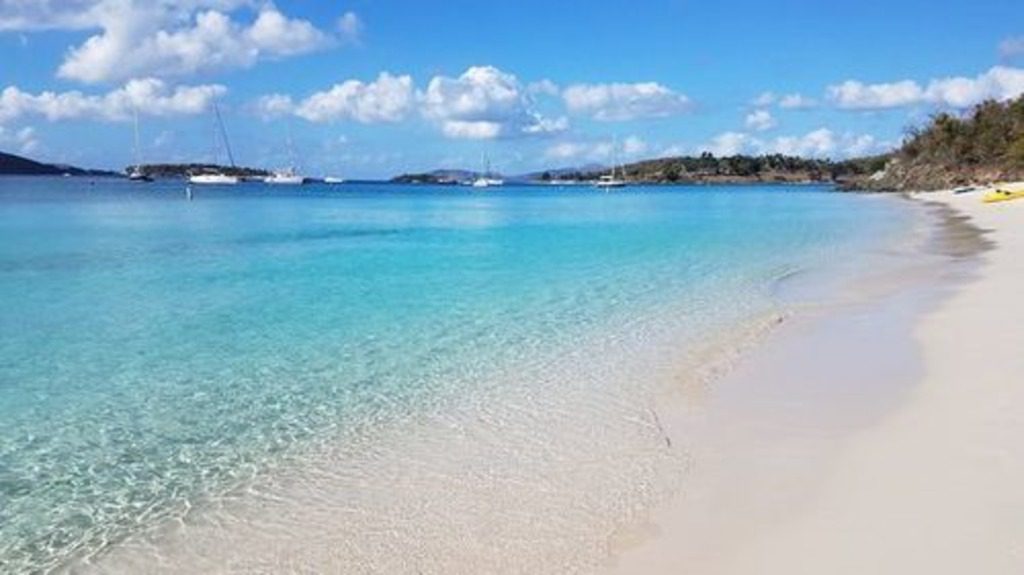
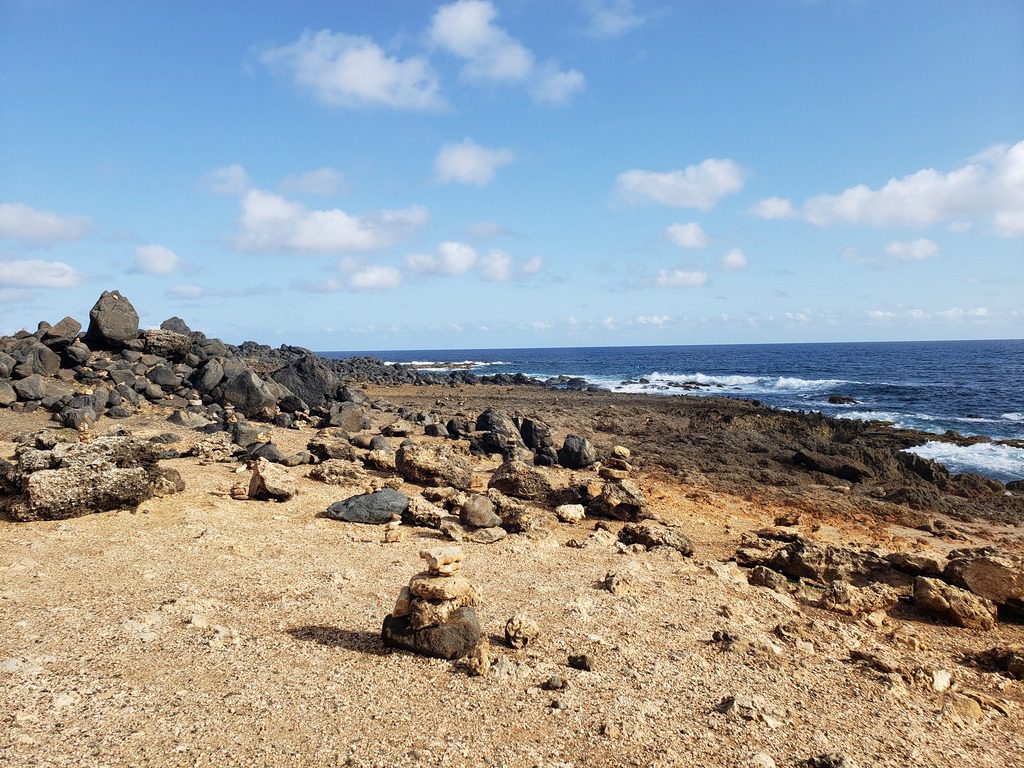
Patti and I have been trying to visit Cartagena for a few years but we keep shuffling it around. I cannot wait to visit and this is a fantastic guide. So much information and your photos are gorgeous.
Lovely photos and great tips at the end for visiting. Cartagena sounds like it would be a great place to just walk around and see what you can find. I’m pretty intrigued by the city’s history, too. Definitely on my radar now.
Wow! We’ve wanted to visit Colombia for a while and your post has moved it much further up the list. What a gorgeous and colourful city! Loved reading about the history of the city. It reminded us of Campeche in Mexico -a colourful walled city that was often attacked by pirates. We love that Cartagena has attained UNESCO status. We would definitely want to spend time at the street markets enjoying all the culinary delicacies on offer so it was great to learn about your recommendations. The seafood market sounds great too.Thanks for introducing us to Cartagena.
Yes, it was interesting.
A wonderful introduction to this city and one I will bookmark as Cartagena is on my list for my Colombia trip.
The buildings look so colourful and well maintained and those Plazas are a delight.
I’ll remember to bring good shoes for the cobblestones and possible wet conditions!
I had no idea that the city had such extensive defensive walls, along the lines of many European cities. They will be high on my list of attractions to visit. To now find out that they are UNESCO protected means that this city is a definite on my travels in the country.